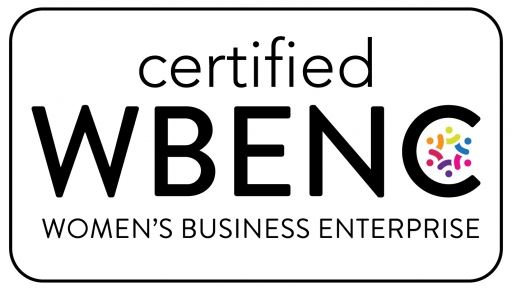Work Together To Transform Your Organization
Change is hard. Transformation is even harder. But what stands in the way? Often, it’s a team’s lack of understanding what they do and don’t have decision-making authority over. These are the tensions that stop organizations from truly reaching breakthroughs. We know because we’ve lived it and often see it in our clients as we work together to create disruptive innovation.
Now we’re embracing the courage to learn a new way forward. Inspired by the book Brave New Work and supplemental content by the author Aaron Dignan, we started by dipping our toes into the concept of Participatory Governance.
So what is it exactly? It’s a way of decision making that isn’t top-down and doesn’t require everyone to 100% align (consensus), instead it does give everyone a voice and a chance to speak into a decision until it’s safe enough to try (consent).
“Consent is faster than consensus because it does not require alignment of preferences, but rather an alignment of what’s acceptable. It focuses on making progress over perfection.” Gustavo Razzetti (source)
The goal isn’t for perfection, but to find a way forward that falls in everyone’s “range of tolerance” even if it’s not their personal preference.

Can you envision your organization choosing something safe to try and the power of stacking that buy-in over many decisions and bigger decisions over time? It certainly takes courage, but the impact could be exponential.
So how does it work? It’s quite simple, but let’s start with some basics. As a participant, it’s critical to shift your mindset from a decision being your personal preference to “is this safe to try?” (see diagram above) So instead of asking yourself, “do I like or want this?” your questions should shift to “How can I be helpful in this process?” Remembering your job is: 1) not to stop it but make it better, 2) to speak openly and honestly about where harm could be done, and 3) to make sure something that is safe to try is approved and moved forward quickly.
Step 1. The Proposal
In a collaborative written tool someone creates a Proposal. This person is now the Proposer and shares the Proposal with their team. A different member of the team becomes the Facilitator. We found this framework super helpful for writing great proposals.
Step 2. Clarifying Questions
Each team member gets the chance to ask clarifying questions. (Hold reactions and objections for later. We like to say “2 ears, 1 mouth” as a visual reminder we should be listening and learning first.)
Step 3. Reaction Round
Now the Proposer listens while each person has a chance to share their reactions including any constructive suggestions for making the proposal better.
Step 4. Restate the Proposal
The Proposer can choose to keep the Proposal as-is or incorporate the suggestions or better clarify some points to overall end with a stronger proposal.
Step 5. Consent
The Facilitator asks each participant if they have any objections. “An objection is defined as a reason this would be unsafe to try or would cause irreversible harm to the team or organization.” Source
Step 6. Adapt to Adopt
If there are objections, the Objector works with the Proposer to rewrite the Proposal until it’s safe enough to move forward. This must happen for each objection. Once there are no more objections, then the proposal is adopted and progress is made.
There’s no better way to learn than to see this brought to life in a real-world example. Check out this quick 5 min video by Aaron Dignan and The Ready.
Our Learnings:
- Start small, but not too small. This isn’t fit for every easy decision, but best suited for changes that impact others. We started with the addition of Donut, a Slack app for our team that would automate connection. Although we already have the authority to do this, we wanted to hear from the team on whether it was “safe to try” (vs. their personal preference) and we wanted to get them practicing Participatory Governance as we move toward bigger decisions such as changing our bonus structure.
- Find the best tool for creating and housing proposals because keeping what you’ve agreed to organized and available is important for transparency & quick reference. Fortunately, we got invited by The Ready to test a beta of their new platform Murmur which was designed just for this. It allows teams to work through the steps listed above in an autonomous way.
Helpful Resources:
- Create an Empowered Organization Using Participatory Governance
- How to Steer Clear of Group Decision Making Churn
- Participatory Governance podcast on Brave New Work
- Increase Participatory Governance
- Make Good Decisions Faster, Move From Consensus to Consent
- Consent Based Decision Making YouTube
- Participatory Governance Proposal Framework


